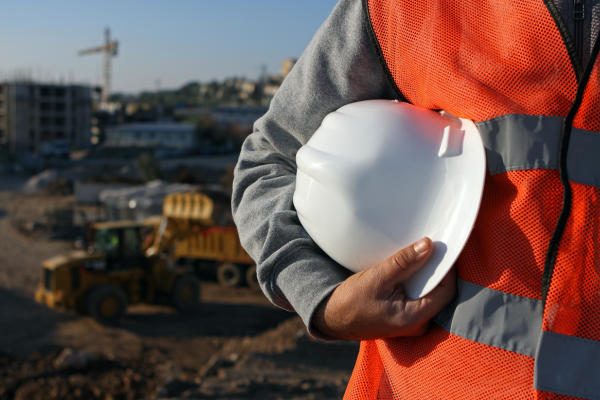WHS Q&A
Posted
Q: How can I measure the Air Quality in Canberra?
A: Over the past few weeks MBA have distributed Safety Alerts regarding the hazards in relation to the bushfire smoke over Canberra. Within these alerts there is a link to ACT Health Air Quality page that will give readings of the PM2.5 and Air Quality Index. As highlighted in these alerts, these readings are based on a 24-hour rolling average and are provided in Australian Eastern Standard Time (AEST), as opposed to Australian Daylight Savings Time (ADST). This can be difficult to rely on day-to-day when planning on site. This information can be found here.
As a few of our valued members have highlighted, there are apps and websites that can provide real time measurements of the Air Quality and PM2.5 measurements. We do encourage our members to perform their due diligence, ensuring the information is accurate and reliable when using these apps to make decisions around health and safety.
Some of these apps and websites include;
-
AirMatters
-
AirRater
-
AirVisual
Q: What health effects is the bushfire smoke likely to have on me and my employees, short-term and long term?
A: During these periods of smoke, all Canberrans are advised to minimise their levels of prolonged or heavy physical activity outdoors. When there is heavy smoke in the area it is best to avoid all physical activity outdoors.
Common reactions people may experience with heavy smoke include:
-
itchy or burning eyes
-
throat irritation
-
runny nose, and
-
coughing.
These common irritations are not serious and can be best managed by avoiding prolonged periods outdoors. People can also consider using water-based eye drops and throat lozenges to help alleviate these irritations.
While exposure to smoke can be unpleasant, for healthy people taking measures to limit their exposure, it is unlikely they will be at risk of serious health harms from the current smoke event.
People sensitive to smoke and air pollution, especially those with pre-existing heart and lung conditions, should take extra care during these conditions. This includes remaining indoors where possible, with windows and doors closed, and not using evaporative air conditioners which draw air into the house from outside.
Anyone with a heart or lung condition should take their medication as prescribed by their doctor. People with asthma should follow their asthma action plan.
Anyone with concerns about their health should seek medical advice from their doctor. And anyone experiencing wheezing, chest tightness or difficulty breathing should seek urgent medical attention and in the event of a medical emergency call triple-zero (000).
People who can be more vulnerable to smoke and air pollution include:
-
people with heart or lung conditions (including asthma)
-
children aged less than 14 years
-
pregnant women, and
-
people over 65 years of age.
The health impacts of the current bushfires are not yet clear, and it will be a while before we know what they are.
Part of the challenge is that little research has been done on the health implications of bushfire smoke exposure over weeks or months, according to senior research fellow Christine Cowie.
“It is uncertain how medium-term exposure to these sporadic bushfire pollutions events impact on long-term health,” Dr Cowie from the University of New South Wales told the ABC.
In addition to smoke, Dr Bartone said the ongoing nature of the bushfires also brought health risks associated with heat, fatigue and stress.
The mental health illnesses born from, or exacerbated by, this disaster on our communities will be considerable.
Q: Are P2 Masks effective to reduce exposure to bushfire smoke?
A: In short yes. However, there are some considerations when it comes to using P2 masks.
P2 masks have a filter that is effective in filtering out particles (PM2.5 with a diameter of 2.5micrometers or less –œ about 30 times smaller than the diameter of a human hair). These particles are small enough to penetrate deep into the lungs and the bloodstream.
For P2 masks to be effective, they must be fitted and worn correctly. For information on how to fit a P2 masks correctly, click here
Surgical paper masks, cloth masks or bandanas do not filter out any of the particulates.
It is important to note, that P2 masks are not suitable for everyone (including Children under 14 and some vulnerable people) and are not a substitute for reducing exposure to smoke. If you have concerns for your health or have existing medical conditions (particularly respiratory or cardiac) you should consult your GP before using a P2 mask or other similar respirator.
If you have any WHS related enquiries, please don’t hesitate to contact us on (02) 6175 5900


